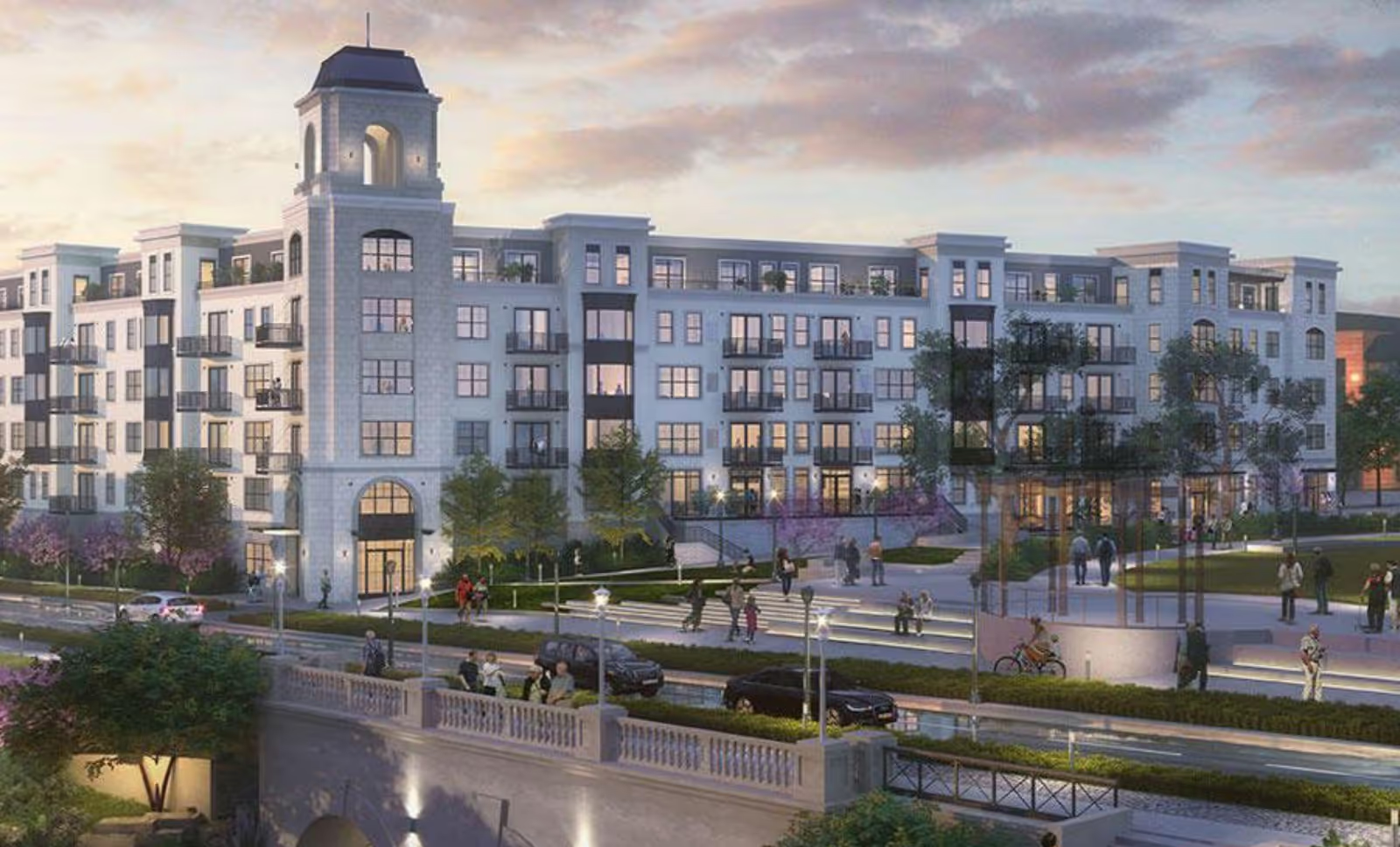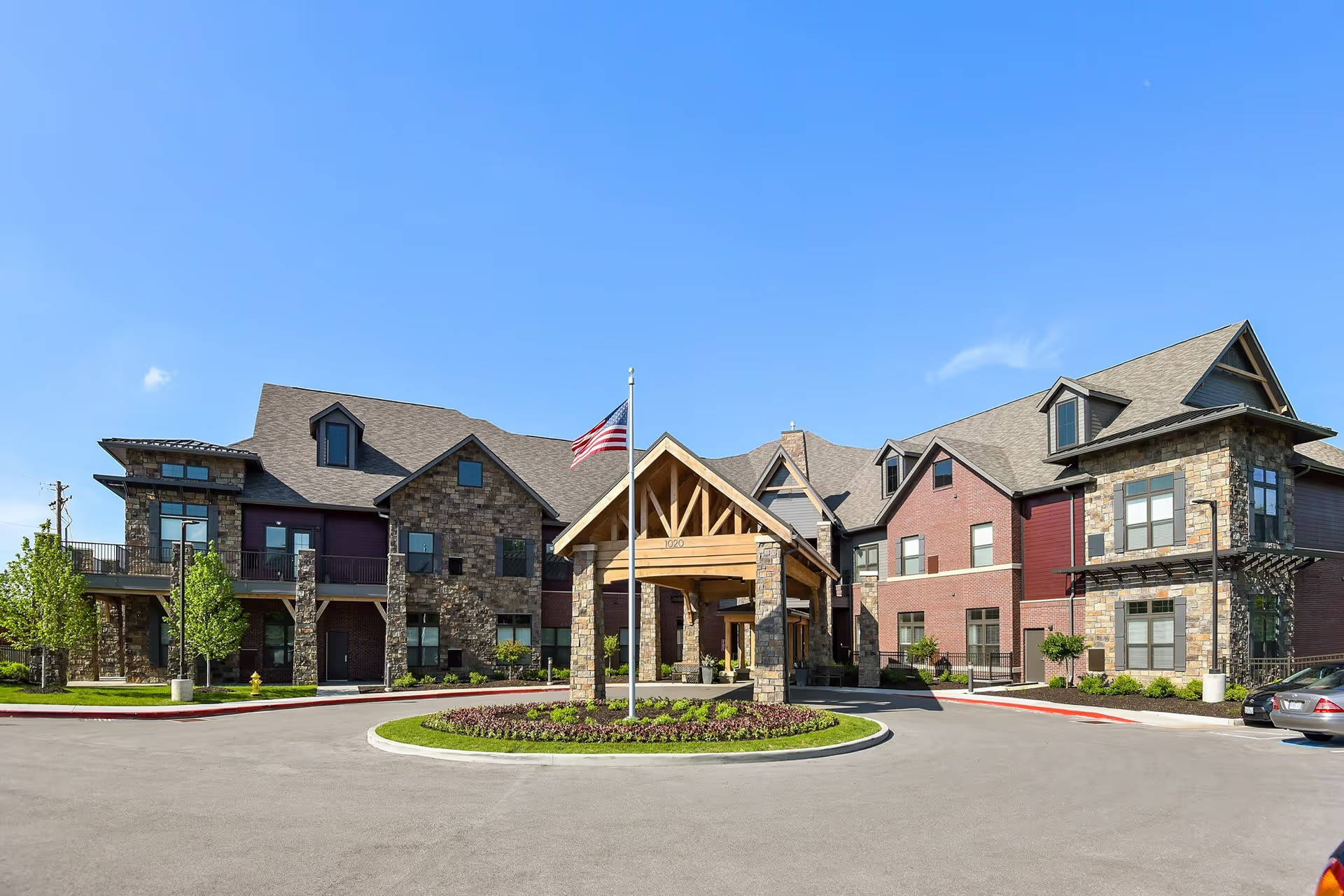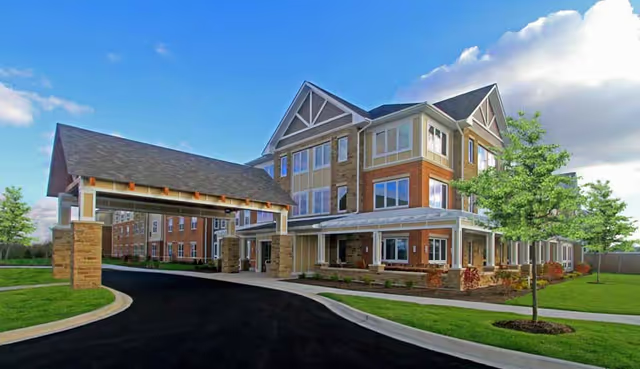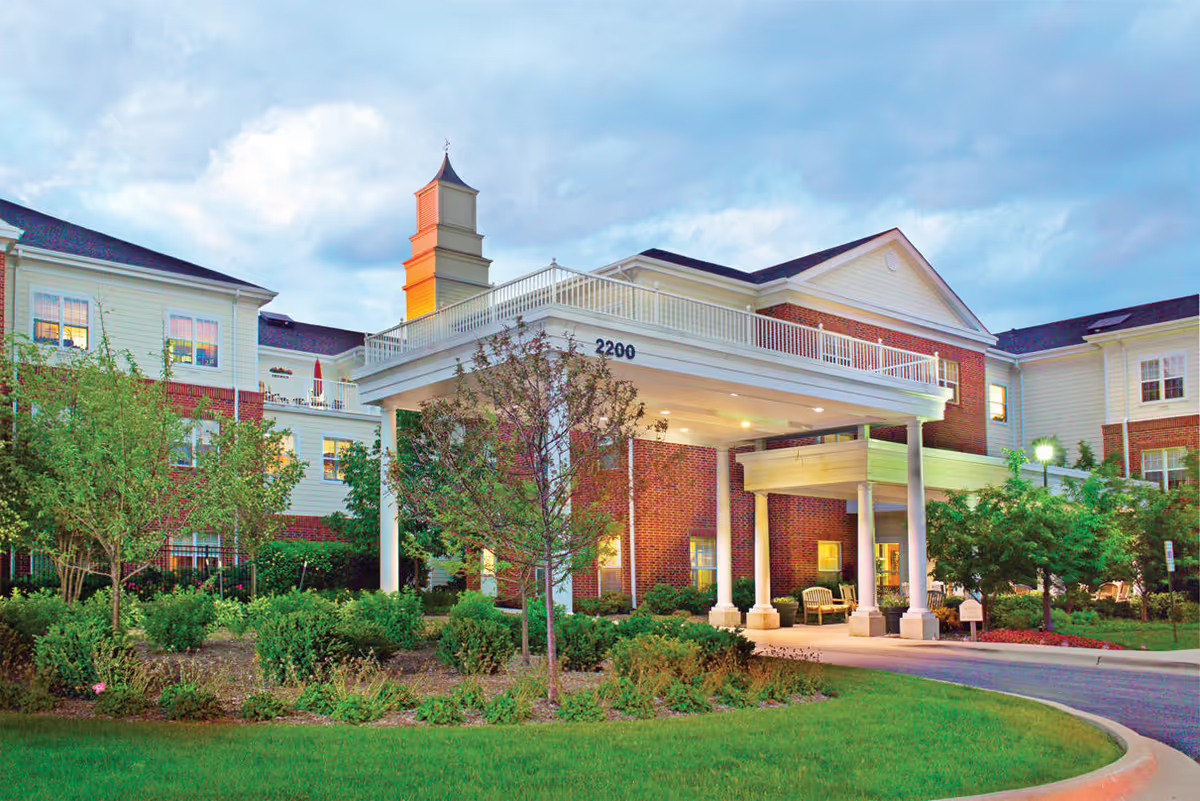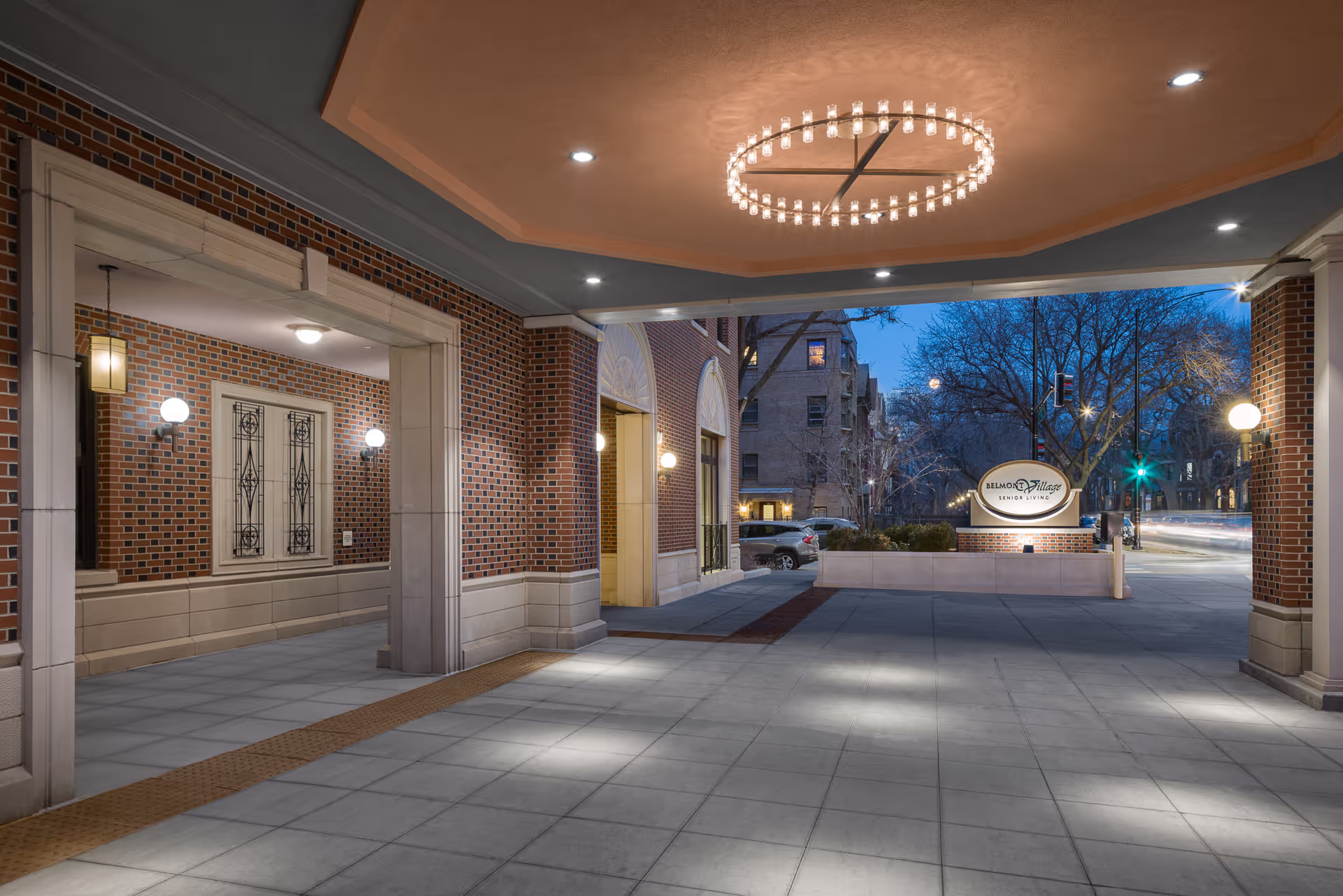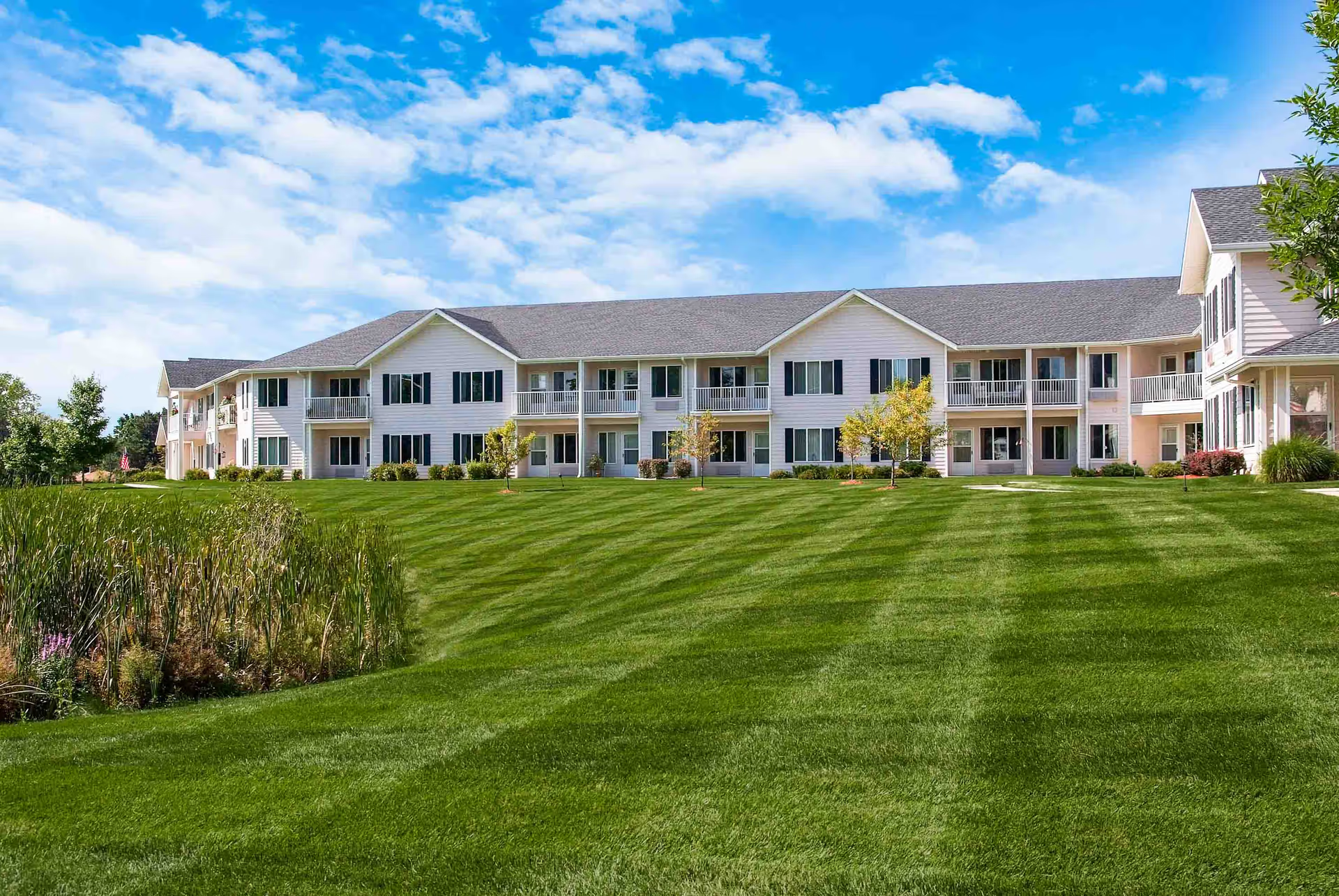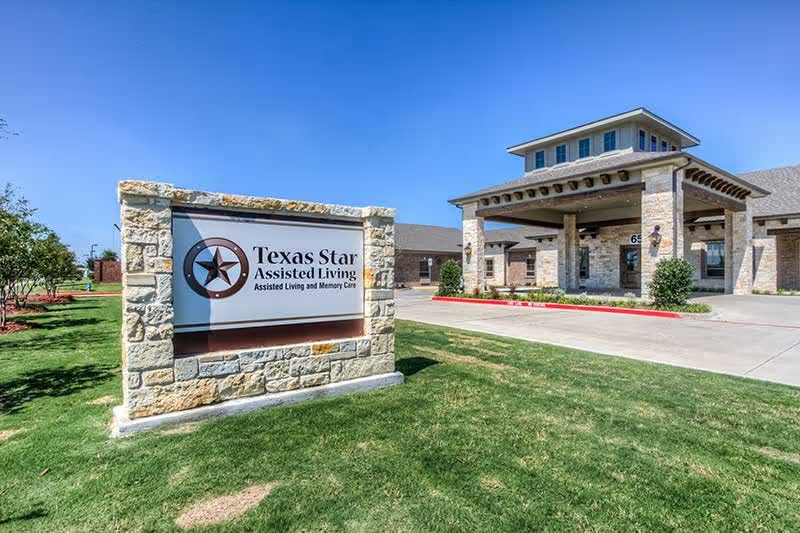Overall sentiment in the reviews is more positive than negative, with strong praise for the dining and staff but clear opportunities for improvement around accessibility, weekend programming, outdoor amenities, and resident dietary outcomes. Multiple reviewers explicitly highlight enjoyable meals and specific favorites like pizza and ice cream, and several comments emphasize that staff are "wonderful and caring." There is also repeated mention that the community offers many activities and specific exercise options — residents participate in a walking club and chair exercises — which suggests an active programming base that supports physical engagement.
Care quality and staff: The reviews consistently point to caring, attentive staff as a major strength of StoneyBrook Suites Assisted Living. Phrases like "wonderful and caring staff" indicate residents and/or families perceive the caregiving and day-to-day support as a positive part of the living experience. That positive staff sentiment is an important foundation for resident well-being and helps explain engagement in group activities such as walking club and chair exercises.
Dining and health: Dining is frequently mentioned in a favorable way; meals are described as enjoyable and specific items (pizza and ice cream) are called out as highlights. At the same time, a notable health-related concern appears: at least one reviewer reports weight gain since moving in. That suggests either portion control and nutritional balance may need review, or that menu choices and snack availability (e.g., frequent ice cream) are contributing to unintended weight changes. Management may want to consider monitoring resident weight trends and offering tailored nutritional guidance while preserving the positive aspects of the dining program.
Activities and programming: Reviews indicate there are "lots of activities" and some well-attended fitness options (walking club, chair exercises), which is a strength. However, there are clear gaps: activities are reported to be limited for residents who are blind, which points to accessibility issues in program design and implementation. Several reviewers express a desire for more weekend offerings — "weekends long" and "weekend activities desired" — and for amenities or events such as a movie theatre and more outdoor events to provide sunshine and social variety. This suggests the weekday schedule may be robust, but programming tapers off on weekends and lacks inclusive adaptations for visually impaired residents.
Facilities and amenities: The desire for a movie theatre and more outside events implies some amenities residents want are missing or limited. Outdoor exposure and organized outside activities were mentioned as desired, indicating either a lack of suitable outdoor programming or insufficient frequency. Enhancing outdoor activities, adding accessible entertainment options (e.g., audio-described films or a communal media room), and improving weekend offerings could address several repeated concerns.
Notable patterns and recommendations: The dominant positive themes are caring staff, enjoyable dining, and available activities (especially exercise groups). The dominant concerns are accessibility for blind residents, a dearth of weekend activities, limited outdoor programming, and weight gain afterward moving in. These patterns suggest two main areas for management focus: (1) program inclusivity and scheduling — adapt activities to be accessible to residents with visual impairments, and expand weekend and outdoor programming (including social events, visits, and sunshine opportunities); and (2) dietary and wellness monitoring — review menu composition, portioning, snack policies, and proactive weight/nutrition monitoring to address unintended weight gain while retaining meals residents enjoy. Addressing these issues would likely strengthen the overall positive sentiment expressed about staff and daily life while remedying the specific, recurring concerns raised by residents and families.
